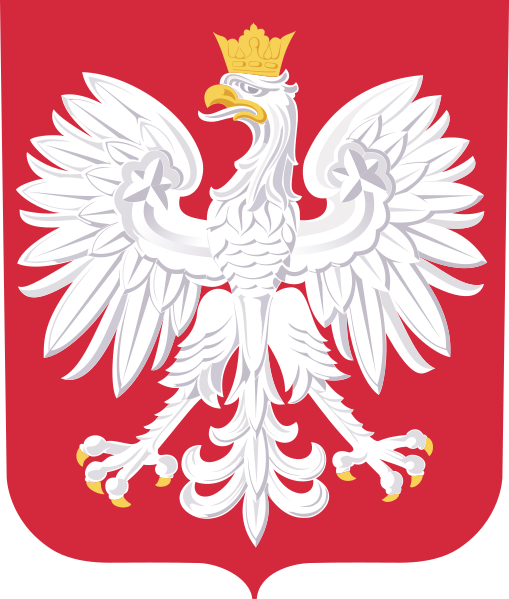Online first
Current issue
Archive
Most cited 2025
About the Journal
Editorial Board
Editorial Office
Copyright and self-archiving policy
Information clause on the processing of personal data
Conflict of interest and informed consent
Declaration of accessibility
Instructions for Authors
Instructions for Reviewers
Contact
Reviewers
2024
2023
2022
2021
2020
2019
2018
2017
2015
2016
2014
2013
Editing and translations
ORIGINAL PAPER
The effect of hymenoptera venom immunotherapy on neutrophils, interleukin 8 (IL-8) and interleukin 17 (IL-17)
1
Collegium Medicum in Bydgoszcz, Nicolaus Copernicus University, Toruń, Poland
(Department of Allergology, Clinical Immunology and Internal Diseases)
Online publication date: 2020-09-30
Corresponding author
Krzysztof Pałgan
Collegium Medicum in Bydgoszcz, Nicolaus Copernicus University, Department of Allergology, Clinical Immunology and Internal Diseases, Ujejskiego 75, 85-168 Bydgoszcz, Poland
Collegium Medicum in Bydgoszcz, Nicolaus Copernicus University, Department of Allergology, Clinical Immunology and Internal Diseases, Ujejskiego 75, 85-168 Bydgoszcz, Poland
Int J Occup Med Environ Health. 2020;33(6):811-7
KEYWORDS
TOPICS
ABSTRACT
Objectives: Venom immunotherapy (VIT) is an effective treatment method and is addressed to patients with a history of an anaphylactic reaction to
Hymenoptera stings. However, the immunological mechanisms of protection have not been explained yet. The objective of this study was to analyze
neutrophils, interleukin 8 (IL-8) and interleukin 17 (IL-17) before and after the initial phase of the immunotherapy. Material and Methods: Overall,
40 individuals, including 20 wasp venom sensitized and 20 bee venom sensitized patients, were included in the study. The patients had had a history
of severe allergic reactions type III and IV according to Mueller’s classification. An ultra-rush VIT protocol was used in this study. The concentration
of serum IL-8 and IL-17A was determined using the ELISA enzymatic method. Results: The authors demonstrated a significant rise in the IL-8 level
after the immunotherapy, compared to baseline (14.9 vs. 24.7, p < 0.05). The rise in the neutrophils level was also noticeable but proved to be barely
out of the range of statistical significance (4.3 vs. 5.0, p = 0.06). The shift in IL-17A was negligent and not statistically significant in the paired samples
t-test (1.6 vs. 1.5, p = 0.34) Conclusions: Venom immunotherapy induces neutrophils and IL-8 activity after 2 days. After the desensitization, the level of IL-17A did not change. Int J Occup Med Environ Health. 2020;33(6):811–7
We process personal data collected when visiting the website. The function of obtaining information about users and their behavior is carried out by voluntarily entered information in forms and saving cookies in end devices. Data, including cookies, are used to provide services, improve the user experience and to analyze the traffic in accordance with the Privacy policy. Data are also collected and processed by Google Analytics tool (more).
You can change cookies settings in your browser. Restricted use of cookies in the browser configuration may affect some functionalities of the website.
You can change cookies settings in your browser. Restricted use of cookies in the browser configuration may affect some functionalities of the website.




